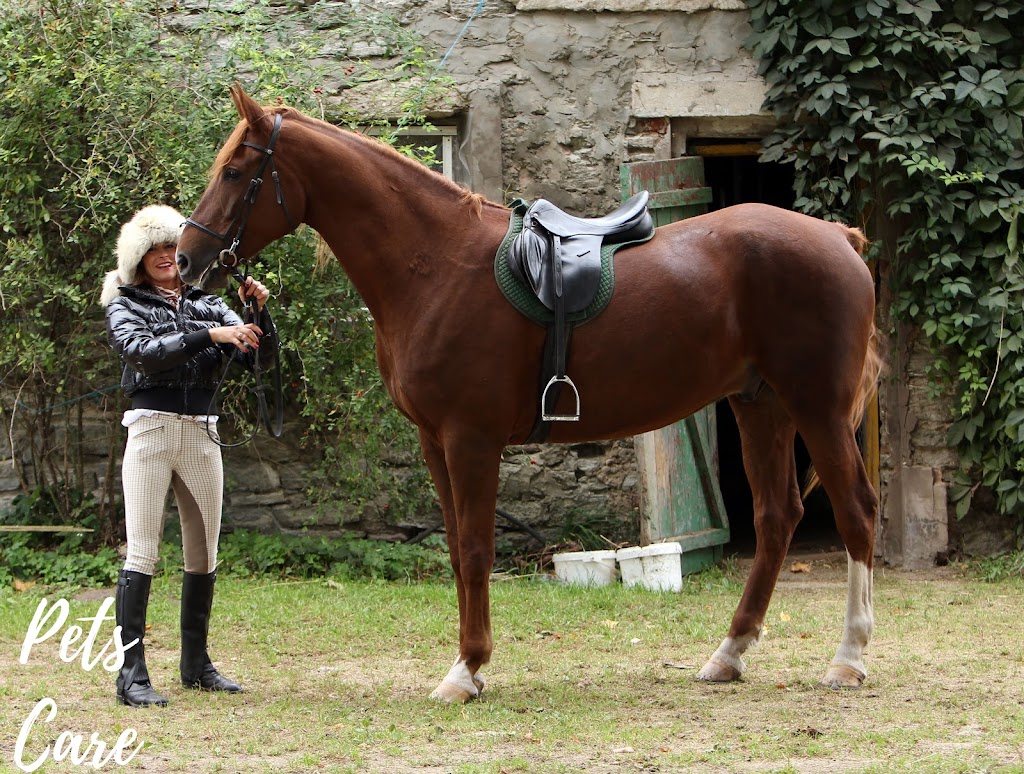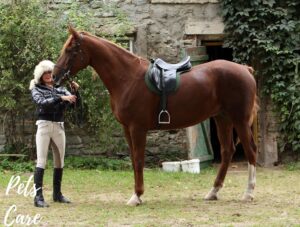The Fate of Retired Racehorses in the UK: A Comprehensive Look into Aftercare Programs and Industry Practices
Introduction:
The thunderous hooves, the rush of adrenaline, and the cheers of the crowd—these are the defining moments of a racehorse’s career. Yet, what becomes of these majestic animals once their days on the track are over? In the United Kingdom, the fate of retired racehorses has long been a topic of concern and scrutiny. While some find loving homes and fulfilling second careers, others face uncertain futures, raising questions about the responsibility of the racing industry and the efficacy of aftercare programs. What happens to retired racehorses in the UK?:
This article aims to delve deep into the journey of retired racehorses in the UK, exploring the various avenues available for their post-racing lives, the challenges they encounter, and the initiatives undertaken to ensure their welfare.
1. The Life of a Racehorse:
Before delving into retirement, it’s crucial to understand the life of a racehorse. From their early training days to their prime on the track, these equine athletes undergo rigorous conditioning and compete at the highest levels of the sport. However, the career of a racehorse is relatively short-lived, typically spanning around 4-5 years. Once they reach the end of their racing career, they face the transition to retirement—a phase that can be fraught with challenges.
2. Challenges Faced by Retired Racehorses:
Retirement poses several challenges for racehorses, both physical and psychological. Physically, these horses may have endured injuries or wear and tear from their racing days, requiring specialized care and rehabilitation. Moreover, the sudden shift from a structured training regimen to a sedentary lifestyle can lead to health issues such as weight gain and joint problems.
Psychologically, racehorses may struggle to adapt to life off the track. Accustomed to the adrenaline rush of competition and the camaraderie of the stable environment, they may experience boredom, loneliness, or even behavioral issues in retirement. Without proper support and stimulation, these horses risk falling into a state of neglect or facing uncertain futures.
3. Aftercare Programs and Initiatives:
Recognizing the need to support retired racehorses, various aftercare programs and initiatives have emerged within the UK racing industry. These programs aim to facilitate the transition to retirement and ensure the welfare of former racehorses. One such initiative is the Retraining of Racehorses (RoR) organization, which promotes and supports the retraining of ex-racehorses for equestrian disciplines such as showjumping, dressage, and eventing.
Additionally, many racing yards and trainers have established their own retirement schemes. Providing a safety net for horses exiting the sport. These schemes often involve rehoming retired racehorses with experienced owners or facilitating their transition to equestrian centers where they can enjoy fulfilling second careers. What happens to retired racehorses in the UK?
4. Rehoming and Rehabilitation:
Central to the aftercare of retired racehorses is the process of rehoming and rehabilitation. Organizations like the British Thoroughbred Retraining Centre (BTRC) specialize in retraining and rehoming ex-racehorses. Matching them with suitable adopters who can provide them with loving homes and continued care. Through thorough assessment and training, these organizations ensure that each horse is placed in an environment where their needs are met and their potential is maximized.
Moreover, rehabilitation centers play a crucial role in the recovery and reconditioning of injured or neglected racehorses. Equipped with veterinary expertise and specialized facilities, these centers offer rehabilitation programs tailored to the individual needs of each horse, whether it be physical therapy, nutritional support, or behavioral training.
5. Challenges and Room for Improvement:
Despite the progress made in aftercare initiatives, challenges persist in ensuring the welfare of retired racehorses in the UK. One significant challenge is the sheer volume of horses requiring rehoming and care, outstripping the capacity of existing programs and facilities. This imbalance underscores the need for continued investment and expansion of aftercare services within the industry.
Furthermore, the issue of traceability and accountability remains a concern. With some retired racehorses slipping through the cracks of the system and ending up in unfavorable situations such as neglect or slaughter. Enhancing traceability mechanisms and enforcing stricter regulations on horse welfare are essential steps toward safeguarding the interests of retired racehorses.
Conclusion:
The fate of retired racehorses in the UK is a multifaceted issue that demands attention and action from all stakeholders within the racing industry. While strides have been made in improving aftercare programs and rehoming initiatives. There is still much work to be done to ensure the welfare and dignity of these magnificent animals in their post-racing lives. By prioritizing transparency, accountability, and compassion. We can create a future where every retired racehorse finds a loving home and a fulfilling second career beyond the track.


Great web site. A lot of useful information here. I抦 sending it to a few friends ans also sharing in delicious. And of course, thanks for your effort!
Thanks for this glorious article. One more thing to mention is that a lot of digital cameras arrive equipped with the zoom lens that allows more or less of your scene to be included by simply ‘zooming’ in and out. These kind of changes in focusing length usually are reflected inside viewfinder and on large display screen right at the back of the exact camera.